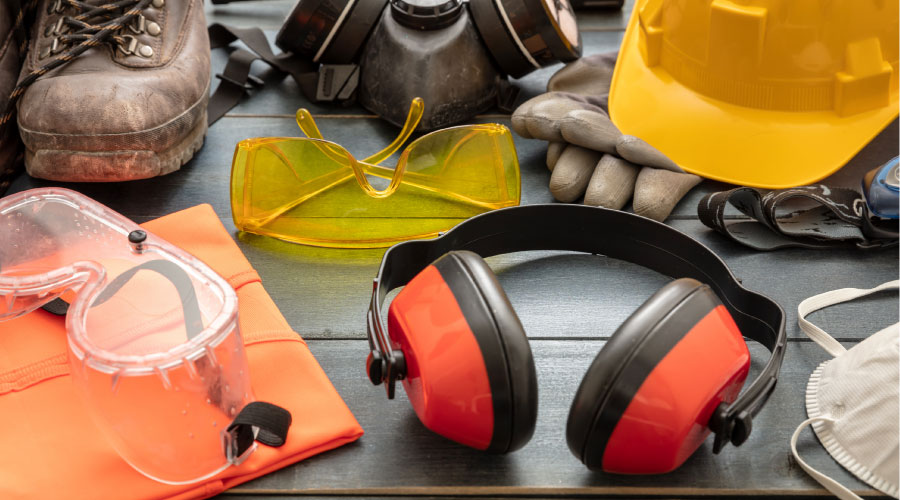Putting Submetering Data Systems to Work
Long gone are the days when entire campuses, office complexes, or commercial facilities used one device to meter each of their utilities. Rising utility costs have motivated maintenance and engineering managers to move to submetering as a means of tracking utility costs and then shifting those costs to building occupants.
Recently, the motivation for submetering has shifted further, from cost and billing issues to diagnostics. While metering technology still tracks individual areas and tenants to determine their shares of utility costs, submeters today are more likely to be used for energy management. Submetering has helped managers focus their conservation efforts by identifying the method, timing, and location of utility use in a facility. Managers now can accurately meter any utility, including electricity, gas, steam, and water.
The Component Level
This shift in motivation for submetering technology in institutional and commercial facilities has resulted in a significant change in the installation and operations of submeters. Instead of installing a submeter to measure the energy or water use of an entire office building or the space used by one specific tenant, managers today are installing submeters on individual pieces of energy- or water-using equipment.
Doing so allows managers to track the utility use of that system or piece of equipment so they can evaluate its performance. When tracked over time and changing conditions, data collected from these submeters can help identify problems and energy-conservation opportunities.
For example, cooling towers in buildings with a central air conditioning system use large amounts of water. Under normal operation, the tower must receive makeup water to replace water lost due to drift and evaporation, as well as water technicians bleed from the system to ensure an acceptable concentration level of solids in the condenser water. Typically, a float valve regulates the flow of makeup water into the tower.
The problem occurs when these valves leak or stick open, and water flows continually to the tower. This water then exits the tower through the overflow drain, where technicians might never see it. By installing a submeter on the makeup water line and monitoring the tower's water use, they can quickly identify malfunctioning valves.
Unlike energy audits, which take a snapshot of a facility's energy-using systems, submetering provides real-time data on the operation of an energy-using system, data managers can use to identify abnormal energy use and its cause.
Related Topics:













